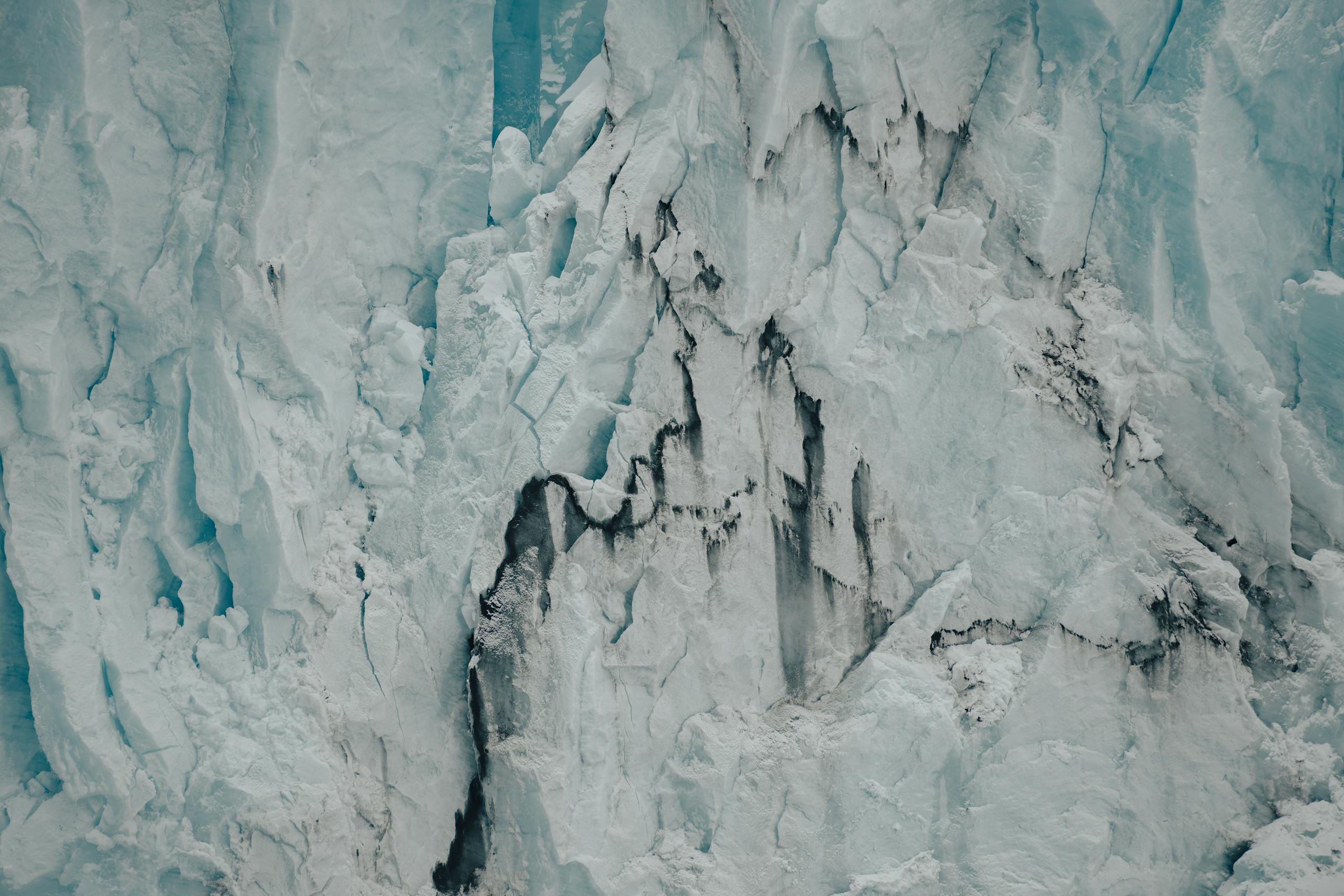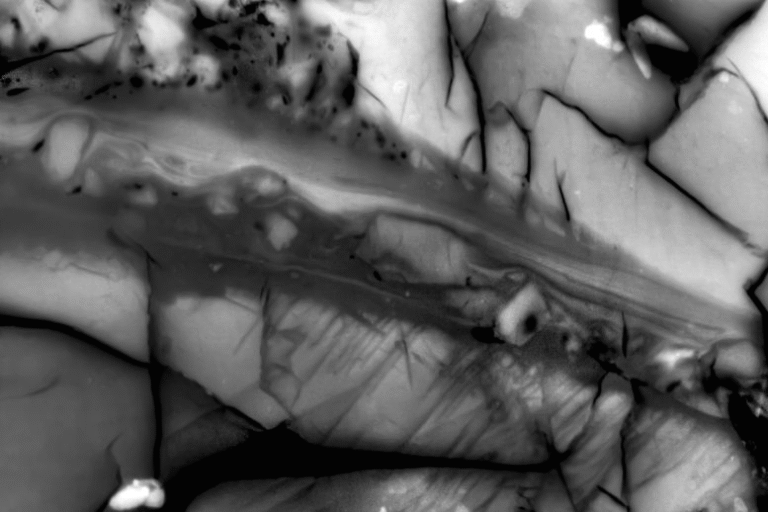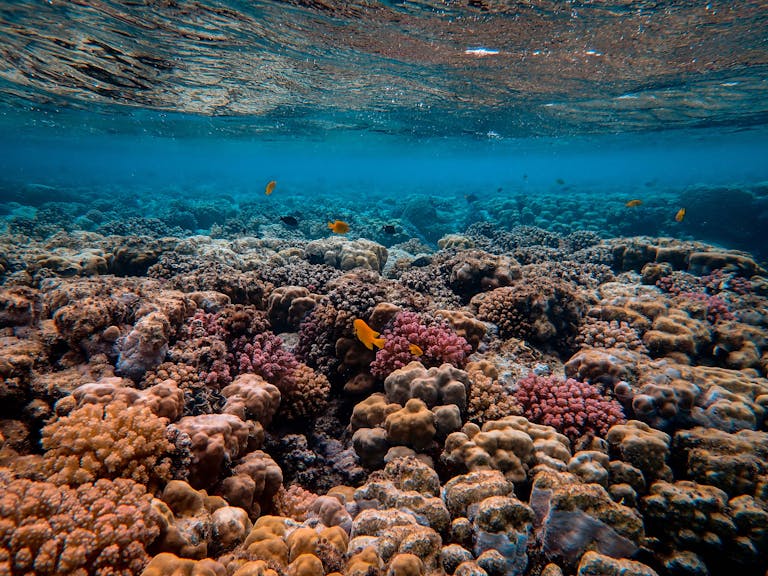Explorers Begin Ambitious Antarctic Expedition to Study 130,000-Year-Old Ice and Climate Change Impacts

A French explorer and a glaciologist have embarked on an extraordinary three-month expedition across Antarctica with one clear goal — to uncover ice that dates back 130,000 years, from a time when the planet was around three degrees warmer than today. The mission, called Under Antarctica, is led by Matthieu Tordeur and Dr. Heidi Sevestre, and it aims to deepen scientific understanding of how the Antarctic ice sheet reacts to global warming and what that means for future sea-level rise.


A Three-Month Crossing Across the White Continent
The expedition began at the end of October 2025, when the duo departed from Cape Town, South Africa, and flew to Novolazarevskaya Base in Antarctica. Their plan is to complete a 4,000-kilometer (2,485-mile) journey over approximately 90 days, traveling in complete isolation across one of the harshest environments on Earth.
They are using kite skis—a system where a skier attaches a harness to a large kite that pulls them along the ice. Depending on the wind, they can travel anywhere between 150 and 200 kilometers per day. Both Tordeur and Sevestre are hauling sleds packed with all the food, gear, and scientific equipment needed for the journey.
Temperatures in the interior of the continent can plummet to minus 50 degrees Celsius (-58°F), and the team will climb to elevations reaching 3,800 meters (12,467 feet). At those heights, even simple tasks like eating or setting up camp become grueling. The pair meticulously planned every aspect of the expedition — even listing each meal in a spreadsheet that notes the weight of every ingredient. For example, their breakfast consists of 70 grams of oats, 30 grams of muesli, and 14 grams of raisins per person.
The Scientific Mission
While the adventure itself is formidable, the science is the main purpose of the journey. The team is towing two ground-penetrating radars capable of scanning through several kilometers of ice to detect ancient ice layers deep below the surface. These layers hold climate records in the form of trapped air bubbles, dust, and isotopic composition — a frozen time capsule that can reveal how the Earth’s climate behaved in the distant past.
Their target is to find ice that formed 130,000 years ago, during the last interglacial period — a time when the Earth’s climate was naturally warmer. If they find that certain regions of Antarctica lack ice older than that period, it could indicate that parts of the ice sheet collapsed during that era of higher temperatures.
This information is critical. According to Sevestre, if the West Antarctic Ice Sheet were to collapse under modern warming, global sea levels could rise by four to six meters, threatening the homes of hundreds of millions of people.
Why This Expedition Matters
Antarctica is often called the “continent of extremes” — the coldest, driest, windiest, and highest place on the planet. But it is also one of the least understood in terms of how it will respond to rising global temperatures.
The data gathered during this expedition will help refine models of sea-level rise and improve predictions for coastal regions worldwide. Understanding how ice sheets behaved 130,000 years ago offers scientists a natural experiment — a look into how ice and ocean systems respond to warming of the same magnitude that Earth might reach again by the end of this century.
The journey is also timed to coincide with the COP30 Climate Conference in Brazil, which begins on November 10, 2025. Through this, the explorers hope to draw global attention to the urgency of climate action and inspire decision-makers to act before the planet’s major ice reserves reach a tipping point.
Who Are the Explorers Behind “Under Antarctica”?
Matthieu Tordeur, 33, is a well-known French explorer who has spent a decade traveling through polar regions. He previously became the youngest Frenchman to ski solo to the South Pole. Tordeur is no stranger to extreme endurance challenges and brings invaluable experience in logistics and navigation under polar conditions.
Dr. Heidi Sevestre, 37, is a French glaciologist recognized internationally for her work in climate science and communication. She is an advocate for polar preservation and a member of UNESCO’s environmental programs. Her passion lies in making science accessible to the public, and this expedition aligns perfectly with her mission to bridge research with public awareness.
Together, they form a small but capable team—balancing cutting-edge science with a sense of adventure. Before this mission, the pair completed a 1,500-kilometer training expedition in Greenland in 2024, where they collected ice samples using similar equipment.
The Challenges Ahead
The Under Antarctica expedition is one of isolation and self-reliance. Deep within the continent, the explorers will find no wildlife—not even penguins or seals, which stay near the coast. Their communication with the outside world will depend on satellite equipment, and every decision about navigation, safety, and data collection must be made independently.
They have a strict deadline: they must leave Antarctica by the end of January 2026. Beyond that date, no flights or logistics operations can support them due to worsening weather. This deadline means they must average a certain daily distance across the ice, balancing scientific work with the constant need to move forward.
A Mission Backed by Science and Hope
The expedition is supported by the AXA Research Fund and UNESCO, organizations that recognize the potential of this mission to advance both science and environmental awareness. The researchers plan to release their findings publicly and produce a documentary chronicling the expedition’s challenges and discoveries.
For Sevestre, the message is clear: it is not too late to prevent catastrophic ice loss, but action must be immediate. Reducing fossil fuel use and decarbonizing the global economy remain the only viable paths to preserving the world’s ice masses.
Understanding Ancient Ice and Its Importance
Ice cores and deep ice layers are among the most valuable scientific archives on Earth. Each layer represents a year—or sometimes a season—of snowfall compacted into ice. Scientists can measure trapped gases like carbon dioxide, methane, and nitrous oxide to reconstruct ancient atmospheric compositions. They can also analyze isotopes of oxygen and hydrogen to determine past temperatures.
Ice from 130,000 years ago corresponds to the Eemian interglacial period (also known as Marine Isotope Stage 5e). During this time, global sea levels were several meters higher than today, largely because of the melting of ice sheets in Greenland and Antarctica. Understanding exactly how and when those ice sheets melted can help us forecast future changes under modern global warming scenarios.
In addition to scientific insights, expeditions like this push the limits of what humans can endure and demonstrate the value of fieldwork in extreme conditions. Satellites and remote sensors are crucial for climate science, but nothing replaces the firsthand measurements taken on the ground by researchers like Sevestre and Tordeur.
A Message from the Ends of the Earth
By the time they return in early 2026, the two explorers hope to have collected a unique dataset that will contribute to global climate models. More importantly, they want to share a message of urgency and optimism — that the world still has a chance to prevent the worst outcomes of climate change if we act decisively.
Their journey across 4,000 kilometers of wind-swept ice is not just a feat of endurance; it’s a reminder of what’s at stake if we fail to act. Antarctica holds the frozen record of our planet’s past — and, potentially, the key to its future.
Research Reference: AXA Research Fund – Under Antarctica: A Kite-Ski Science Expedition to Map Ice Sheet Dynamics





